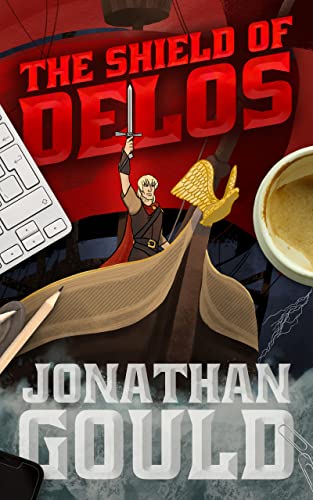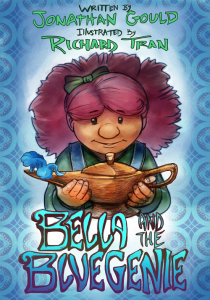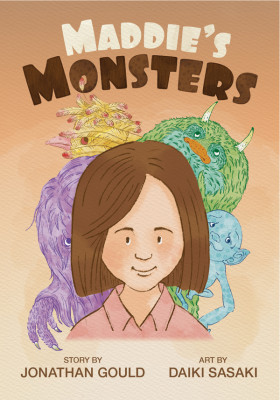One of the greatest truisms you’ll always hear thrown around is that good writing revolves around conflict. The basic principle is that without conflict there can be no drama, and without drama there’s no story.
I’m not going to dispute it. I’m not going to disagree with it in any way. At its most fundamental level, I suspect it’s true. But it does leave me with a bit of a problem.
I hate conflict.
It’s something I work hard to avoid in all aspects of my life. I will turn and run from any situation that involves the slightest risk of any sort of argument. The very thought of getting myself caught in such a situation leaves me feeling queasy in the stomach.
So how do I deal with this? How can I work as a writer to develop engaging and effective stories when the most primal element that must underpin a story is something I’m so deeply uncomfortable about? It took me a while to figure this out, but I eventually came up with what I reckon is a pretty good answer. I’ll try and explain.
When I mention the word ‘conflict’, what comes to mind? Most likely, it’s a vision of a couple of people involved in some sort of dispute. It could be primarily verbal, or it could involve fisticuffs or even more substantial violence. But it’s a pretty basic sort of idea of what conflict is about.
But I reckon there’s much more to it. I think there are lots of different ways we can consider conflict. It doesn’t necessarily need to be about direct conflict between people (or between large groups of people in more epic sorts of stories).
One of my favourite sorts of conflicts (and one which I think underpins a lot of my stories) is the conflict between expectation and reality. We expect the world to work in a certain way. However, in a lot of the stories I write, I like to create worlds that function in ways that are wholly unexpected. For the reader, that creates an instant conflict that then drives the story towards its resolution. There may not be any overt conflict between characters in the story. They might even spend more time in cooperation than in conflict. But the conflict is always there, intrinsic to the story. It brings both the drama and the humour into the story.
For an example of one of my stories where the drama is in the gap between expectations and reality, you can download Doodling for free right here.
Posted by Jonathan Gould and tagged as




